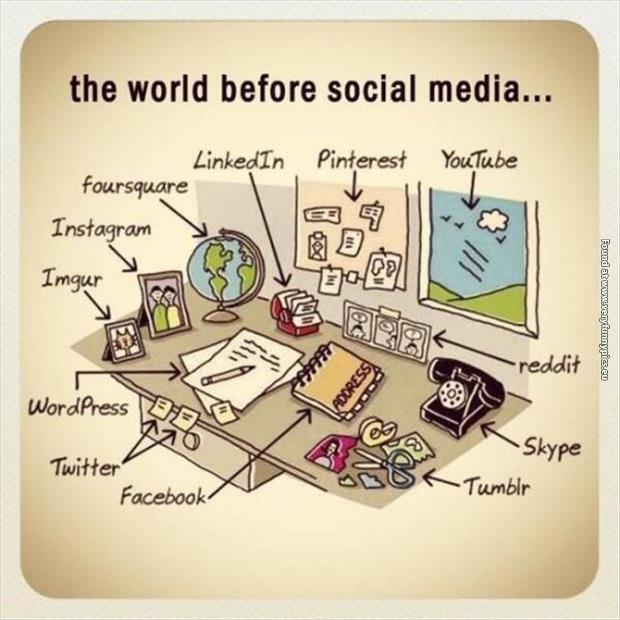Everyone has moments of fear over their performance on things like college exams and projects or they worry whether they’ll please their boss or colleagues. For those who suffer from social anxiety, however, concerns like these may not only impact their ability to learn, they may also lead them to make different education or career choices than they would actually prefer.
Social Anxiety and the College Experience
Everyone looks forward to going off to college, right? High school graduates eagerly plan to meet new friends, enjoy parties, learn about their future degree field, and have the chance to live their own life without having to follow rigid rules at home. For most teens, college represents a rite of passage – it’s a symbol of adulthood and independence. For someone with social anxiety, though, the new world of being a college student is not so friendly. Instead, all they can see is an endless list of potential situations in which they will have to fight their physical anxiety symptoms and battle to manage their anxious thoughts.
Students with social anxiety often avoid or don’t participate in group projects or lectures in college due to embarrassment and self-consciousness, their fear of being criticized, or worrisome physical symptoms, such as sweating or stuttering. Research also indicates that socially anxious students judge their own competence poorly when participating in a seminar or presentation (Austin, 2004) and this worry continues regardless of whether or not the student performs well academically. In fact, social anxiety can make college life so terrifying that some studies have reported that students with social anxiety fail to complete school and drop out before they can graduate (Van Ameringen, et al, 2003).
Social Anxiety and Professional Careers

When it comes to careers, social anxiety can negatively impact career choices and occupational functioning. According to a study by Himle, et al (2014), people with social anxiety “have significantly different career aspirations than job-seekers without social anxiety.” Carnevale, et al (2010), reported that job sectors requiring strong workplace-based social capabilities (for example: healthcare or hospitality) “are among the most active in the current economy, yet people with social anxiety routinely avoid jobs requiring social interaction”.
As far as occupational functioning, a study done by Stein and Kean (2000) suggests that approximately 20% of people with social anxiety disorder reported declining a job offer or a promotion due to social fears.
Getting Effective Help
People with social anxiety who want to get past their fears in order to have a wider choice of jobs or to find jobs with a more social aspect can benefit from Cognitive Behavioral Therapy (CBT) and exposure therapy.
- Cognitive Behavioral Therapy is based on the idea that a person’s own unrealistic thoughts and beliefs lead to their negative and unhealthy behaviors. Undergoing CBT helps the patient become aware of their unreasonable thoughts and beliefs so they can view a situation more realistically and react in a healthier way.
- Exposure therapy is a form of CBT that guides the person, via a therapist, into situations where they can face their fears and anxieties. Over time, gradual exposure to their social fears conditions the person to the situations they dread and they find it no longer provokes their anxiety.
Additionally, a study by Beidel, et al (2014), suggests that people with social anxiety can be helped even more effectively through a combination of CBT/exposure therapy and social skills training.
- Social skills training teaches the skills others take for granted – for example, talking with people at work or how to start a conversation. Through discussion, the therapist identifies the areas the participant would like to improve, then uses role play, feedback, and positive reinforcement to help the person practice during simulated sessions. The individual is also encouraged to practice their new skill outside of therapy.
During the Beidel, et al, study, participants used modeling, behavior rehearsal, and feedback to learn such things as basic conversational skills, assertiveness training, and effective public speaking. They also went through exposure sessions consisting of scenes designed to address each person’s unique fears. At the conclusion of the study, 67% of the people treated with the combination of social skills training and CBT no longer met the diagnostic criteria for social anxiety disorder.
Article written by:
Andrew Rosen, PH.D., ABPP, FAACP
NSAC/South Florida
References
Austin, B.D. (2004). Social anxiety disorder, shyness, and perceived social self-efficacy in college students. Dissertation Abstracts International: Section B: The Sciences and Engineering, 64 (7-B), 31–83.
Beidel, Deborah C. et al. “The Impact of Social Skills Training For Social Anxiety Disorder: A Randomized Controlled Trial.” Journal of anxiety disorders 28.8 (2014): 908–918. PMC. Web. 28 June 2018.
Carnevale AP, Smith N, Strohl J. Help Wanted: Projections of Jobs and Education Requirement through 2018. Washington, DC.: Georgetown University Center on Education and the Workforce; 2010.
Himle, Joseph A et al. “A Comparison of Unemployed Job-Seekers with and without Social Anxiety.” Psychiatric services (Washington, D.C.) 65.7 (2014): 924–930. PMC. Web. 24 June 2018.
Stein MB, Kean YM. Disability and quality of life in social phobia: Epidemiologic findings. American Journal of Psychiatry. 2000;157:1606–3.
Van Ameringen, M., Mancini, C. & Farvolden, P. (2003). The impact of anxiety disorders on educational achievement. Journal of Anxiety Disorders, 17(5), 561–571.
Share this blog post











